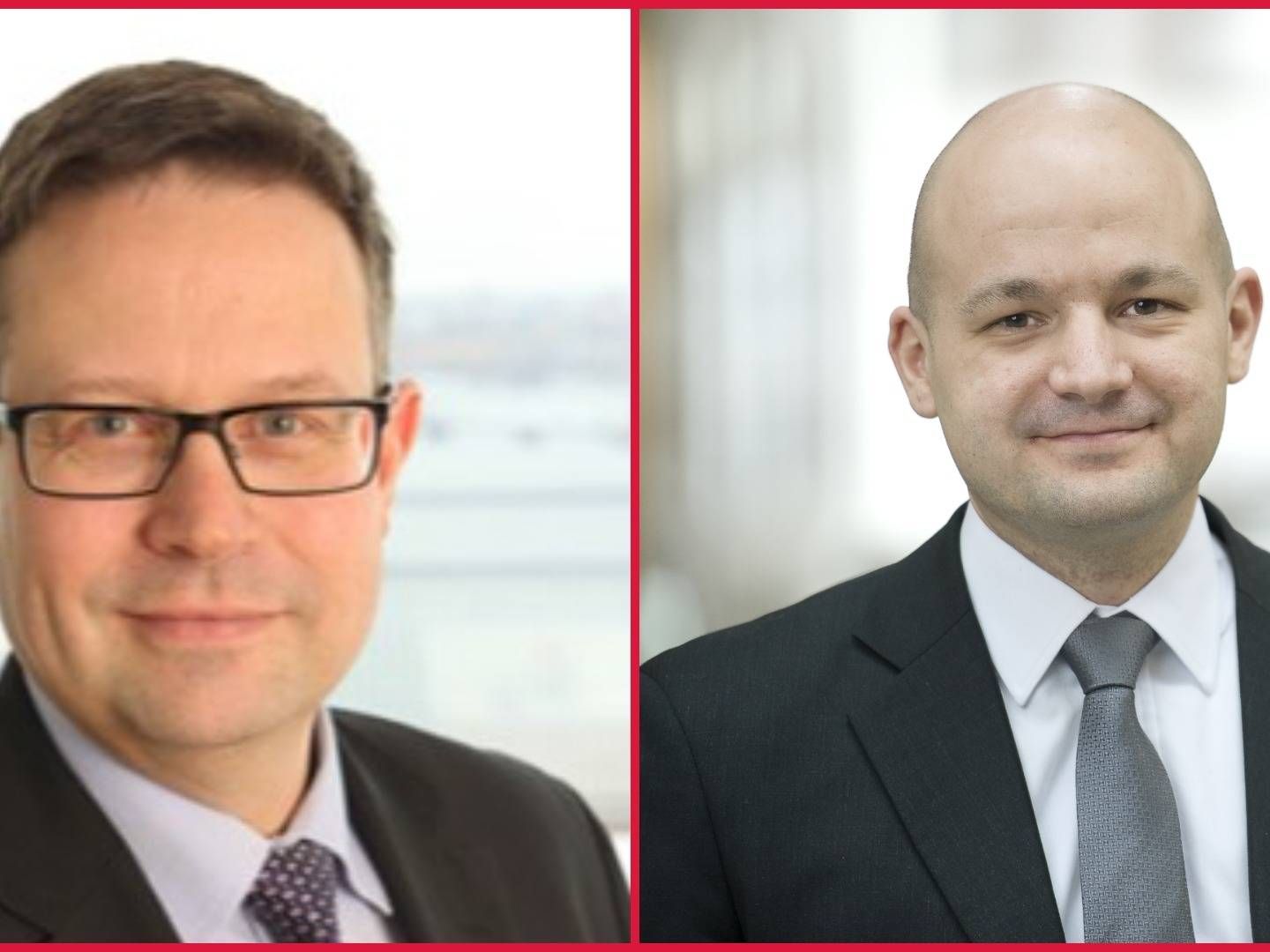Lumberjack turned sales specialist finds excitement at firm with deeper purpose

What career path did you imagine for yourself when you were younger?
”When I was 18 years old, I worked as a lumberjack in the middle of the forest in Finland. But after working in that kind of environment for a while, I knew I wanted a desk job. So I started studying at a business school and after having been to my first lecture in finance, I knew that this was what I wanted to do.”
How did you know?
”The way finance is very analytical just matched with my way of thinking. I always thought that I just needed to find out what I was good at, and then the rest would follow. And that was exactly what happened when I started in finance.”
Did your interest in impact investing start back then?
”Sustainability and impact investments were not really a hot topic back when I was studying. I went into finance because I liked to prove things with numbers, so the opportunities to work with sustainability came later in life. I decided to focus on what I was good at and what I enjoyed, which was finance.
That’s why I think it’s important to know what you’re good at, because that will open up opportunities for you later on.”
What part of your education in finance have you used the most in your career?
”I started teaching at a business school after I finished my studies, and this was my bridge to working in investment banking where I would help clients build their portfolios. And since I majored in portfolio theory and behavioral finance, I have used what I learned in my education a lot.”
What does behavioral finance entail?
”The main idea is that people are not completely rational. From psychology studies we know that people essentially still behave like cavemen, and the people behind behavioral finance theory brought what we knew from psychology into the world of finance.
So we studied what happened when the stock market crashed, for example. People panicked, just like if we were cavemen and were attacked by tigers. So behavioral finance theory proves that people behave irrationally.”
Which point on your resumé represents the biggest change in your career?
”15 years ago, I was selected to become the head of a client team in Stockholm. I was working in Helsinki, but the Swedish team was not as successful in bringing in new clients, so that’s why I was moved to improve the Swedish team. It was quite scary and also somewhat risky, not only to move to a new country, but also to become the manager of change in a new environment.
But I was lucky to work with great people and a great product, so it ended up being a huge success and a fantastic opportunity. I think it’s a good lesson to learn since I believe that you learn more from your failures than your successes, as long as you keep up an open and realistic discussion with yourself.
What is the best part of the professional position you have today?
”I work at a company that has the ambition to improve the world, and I think there’s nothing better than that. The whole idea of the company is to help investors move capital from the “brown” side to the green side of the economy.
Our job is to inform our clients how their portfolio looks and help show them how to invest differently in green initiatives and in a more sustainable way. To have that as your job, where everything you do is for a better planet, is great. Our clients still want to have a good return, but they want to do it in a decent way, so we help them with that. That’s definitely the best part of my job.”
Which leader in your line of business has inspired you the most?
”There are many I could mention, but if I had to point one out, it would be a manager I once had, Risto Murto, who is now the CEO of Varma Pension Insurance Company. He was a great manager because he always took the time to listen to what we had to say, gave us clear and concise goals and was always accessible. So you just felt like he was interested, spent time on you, kept a door open whenever you needed him and essentially had your back. I learned a lot from him.”
What preoccupies you at the moment?
”We’re 20 people at Impact Cubed at the moment, and we’re growing rapidly so I spend a lot of my time recruiting. And also talking to clients of course we have a lot of meetings both physically and online, so that takes up a lot of my time.”
New hedge fund turns ESG inefficiencies into trading profits
Related articles
New hedge fund turns ESG inefficiencies into trading profits
For subscribers
Impact Cubed launches climate tool to identify hidden risks
For subscribers















